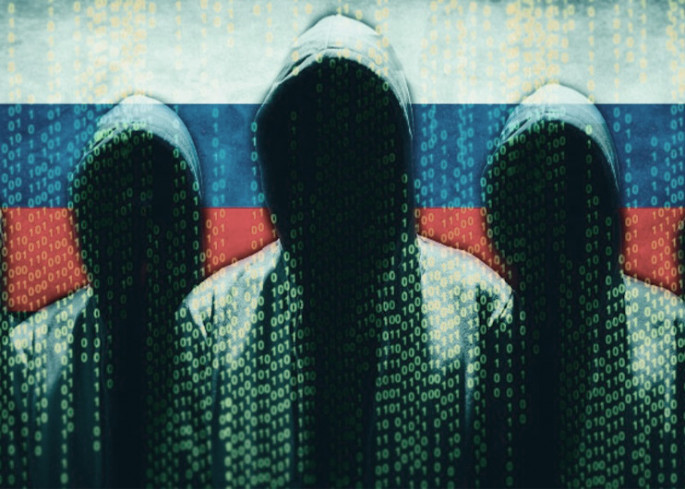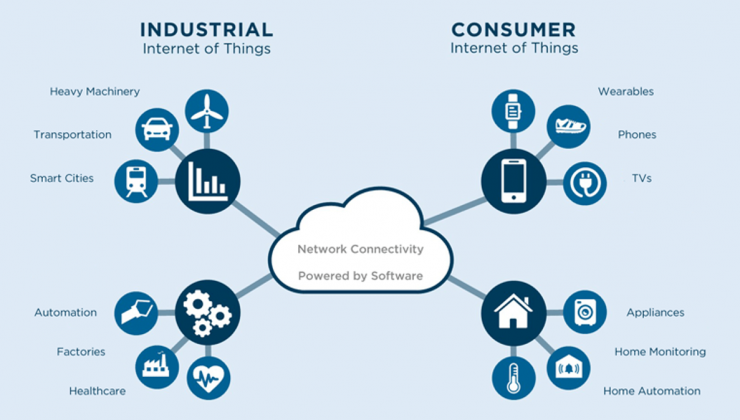 Today’s post is authored by Stefan Beyer, CEO @ Cryptonics, Blockchain Consultant and Smart Contract Auditor. If you are interested in learning about blockchain technology, we recommend you to check the recently created Cryptonics Academy. Please enjoy.
Today’s post is authored by Stefan Beyer, CEO @ Cryptonics, Blockchain Consultant and Smart Contract Auditor. If you are interested in learning about blockchain technology, we recommend you to check the recently created Cryptonics Academy. Please enjoy.
A False Sense of Security
Blockchains are protected by complex mathematical protocols and by decentralization. Cryptographic primitives, such as digital signatures and hashing, are used to verify transaction authenticity and the integrity of the data stored on the blockchain. It is only through these primitives that the concept of digital ownership can be secured. Decentralization makes it incredibly hard for an attacker to gain sufficient control over a blockchain to alter transaction history or apply censorship.
This means that blockchains are quite secure at the protocol level. Although there are confirmed incidents of protocol-level breaches, such as 51% attacks, these are relatively rare and confined to smaller blockchains. Nevertheless, digital assets represented on blockchains are stolen on an alarmingly regular basis, even from large established networks.
In a recent article, we already identified smart contracts as a significant risk vector. In this article, we look at two recent high profile attacks, in order to highlight hidden dangers in the security of support systems that allow attackers to sidestep the sophisticated cryptographic defense mechanisms blockchain protocols provide. This type of attack is typically called a supply chain attack, as it focuses on less secure parts of a project’s supply chain.

 The concept of patriotic hacker can be understood as the attacker, in the cyber field, whose activities support in one way or another his country in a real conflict, directed against the enemy of the state ([1]). Along with China, Russia has been perhaps one of the countries that has most empowered these groups, active for years in conflicts such as Kosovo (1999), Estonia (2007) or Georgia (2008). In Spain, if there has ever been something similar and in any case not state sponsored, it could be linked to small actions in the network against the environment of ETA after the murder of Miguel Angel Blanco (1997), perhaps at odds between hacktivism and patriotic hackers (this would give for an interesting debate), but in any case very far from the activities of patriotic groups in other conflicts or countries.
The concept of patriotic hacker can be understood as the attacker, in the cyber field, whose activities support in one way or another his country in a real conflict, directed against the enemy of the state ([1]). Along with China, Russia has been perhaps one of the countries that has most empowered these groups, active for years in conflicts such as Kosovo (1999), Estonia (2007) or Georgia (2008). In Spain, if there has ever been something similar and in any case not state sponsored, it could be linked to small actions in the network against the environment of ETA after the murder of Miguel Angel Blanco (1997), perhaps at odds between hacktivism and patriotic hackers (this would give for an interesting debate), but in any case very far from the activities of patriotic groups in other conflicts or countries.

 Today’s post is authored by Robert Mardisalu, co-founder & editor of
Today’s post is authored by Robert Mardisalu, co-founder & editor of